Food safety: Capital admin seeks Rs3.5m for new inspection equipment
Plans to launch hygiene drive against adulterated milk, cooking oil
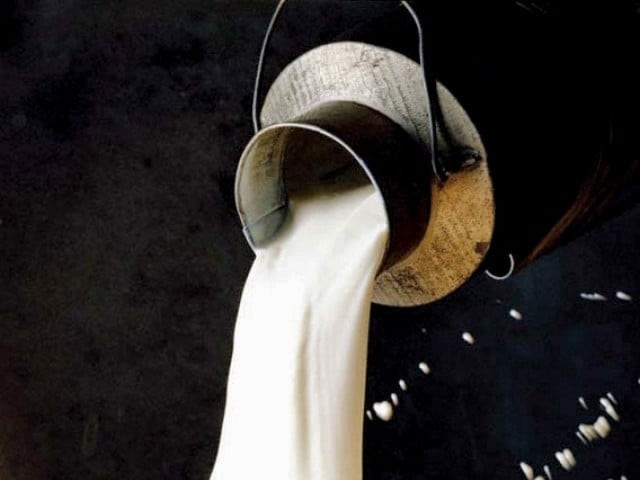
Plans to launch hygiene drive against adulterated milk, cooking oil. PHOTO: FILE
The Islamabad administration’s food department has requested that the interior ministry allocate funds for equipment to check milk and cooking oil quality, according to Chaudhry Muhammad Afzal Bhagat, the ICT food director.
He said there is currently a shortage of equipment to check milk and cooking oil, and that the administration has requested Rs3.5 million from the ministry to purchase milk adulteration kits, brix meters and lactometers.
Bhagat added that some equipment had been purchased by the administration through the chief commissioner’s fund, but more money is needed to start a fresh crackdown against violators.
Since August, the food department had conducted operations against 56 suppliers for allegedly selling unhygienic milk, with their cases pending in different courts.
“We now want to focus on those selling unhygienic milk. This equipment will help the department in doing so,” he added.
In addition, the official said the administration had finalised a new draft to replace the Pure Food Ordinance 1960. The new law will allow violators to be booked on the spot.
He also said food inspection teams will be trained by the Punjab Food Authority.
Demand for milk in the capital is on the rise, in line with the rapidly increasing population. Livestock Assistant Director Dr Mehmood Rashid said over 120 milk shops were functioning in different city markets.
Dr Rashid added that 352 cattle farms are active in the region, using 17,692 animals to produce milk for Islamabad.
Tarlai Union Council tops the list with 99 private cattle farms, where over 5,000 animals produce milk. Golra is second on the list, with 90 farmhouses using 4,185 animals, followed by Rawat with eight farms with 412 animals.
Published in The Express Tribune, October 29th, 2015.

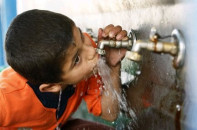
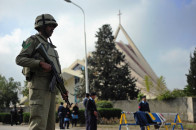

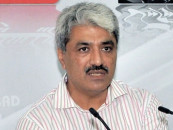
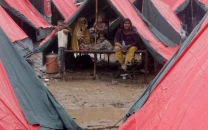













COMMENTS
Comments are moderated and generally will be posted if they are on-topic and not abusive.
For more information, please see our Comments FAQ